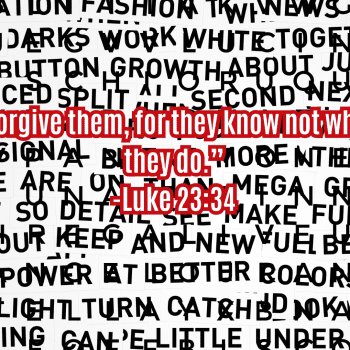I can’t remember the last time I read a novel where I was the villain.
The Beautiful Things That Heaven Bears is a novel about the thwarted romance between a failing shopkeeper from Ethiopia and a white divorcee whose mixed-race daughter comes into the convenience store after elementary school to read The Brothers Karamazov. Two people who have fled their past lives come into D.C. right at the moment that the money started to pour in; before they can get their bearings, the tidal wave of gentrification casts its shadow over their heads.
The novel is set on Logan Circle, the neighborhood I moved to in 2001, which must be a few years after these events take place. To say that people like me are the book’s villains is overstated, since we’re its heroes as well, or at least its protagonists: Both Judith and Sepha are would-be gentrifiers themselves. Judith turns a boarded-up abandoned house into a “shining mansion”; Sepha tries to revamp his store to fit the neighborhood’s shifting sensibilities, even putting in a deli counter.
This is a tamped-down book–it’s narrated by Sepha, who spends most of it fairly depressed. The title is a Dante reference, turned, in the hands of one of Sepha’s African immigrant friends, into a depiction of the recurring African story: dictatorship, then a sudden glimpse of possibility and release from Hell, and then a different dictatorship. The people in this book try to live off the memory of that brief slice of time when they were hopeful. Sepha is aware that most of his hopes have turned out to be fantasies, and for that very reason he shrugs and sabotages his chances.
The Beautiful Things is a sharp portrait of DC in that tilting time when everybody was moving out or moving in. The parallels between exile and eviction are handled quietly, with enough attention to the differences (there were no corpses in Logan Circle with placards around their necks saying TRAITOR) as well as the similarities. The child Naomi is a lovely creation, a weird and demanding kid who calls up something new and good in Sepha.
This book is also an understated depiction of the way literature becomes a touchstone in a person’s life–and how little power literature ultimately has to shape the characters’ destinies or reshape their imaginations.















